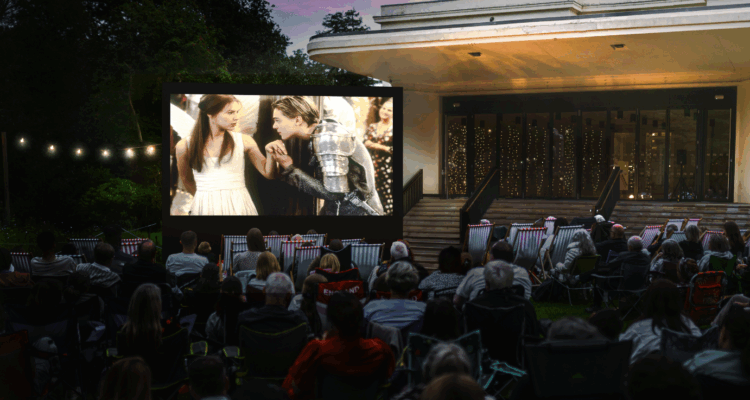Liverpool’s Lost Greenhouses: Calderstones Park

Next in our new series of articles exploring Calderstones' rich history, Heritage Coordinator Holly Gilson tells the story of Liverpool's lost greenhouses.
If you visited Calderstones Park in 1964 you would have been able to enjoy not only the walled gardens, lawns and lake, but also a vast complex of sixteen interconnected greenhouses: The Liverpool Botanic Gardens.
Walking through the greenhouse door you would be met with the hot humid air, the smell of rich fertile soil and the sight of plants from all over the world. Even on the most miserable Liverpool winter day a visit to the greenhouses would transport you to a lush green tropical landscape.
These greenhouses were brand new, but the Liverpool Botanic Gardens have a long history marked by setbacks and successes…
The story begins in the early 19th century. The Port of Liverpool was a bustling centre for international trade, connecting the city’s inhabitants to the rest of the world. The global trade network impacted every country it touched, often in negative and irreversible ways, but in Liverpool one of the results was a growing enthusiasm for collecting exotic plants brought back from shipping expeditions.
In 1802 a group of intellectual men that included plant collectors, doctors, and the abolitionist William Roscoe founded the first Liverpool Botanic Garden at the top of Mount Pleasant. It’s hard to believe now that this area was once the outskirts of the city, and that the space which is now Abercrombie Square once contained an impressive 240ft glasshouse!

Inside the glasshouse plants were ordered logically according to family, species and the structure of the flowers. This allowed them to be studied for medical uses by the educated men of the city, who paid an annual subscription to enter the garden. The quality and scientific impact of their research made the garden as important as Kew.
By 1836, however, the garden had experienced its first set-back. Liverpool was a quickly expanding city and the encroaching air pollution was damaging the delicate plants. A new glasshouse for the collection was built on Edge Lane in Wavertree, and in 1841 it was purchased by the Liverpool Corporation and opened to the public for the first time. This was a huge success. Many people came to see the exotic plants, perhaps for the first time, allowing them to imagine the landscapes of faraway places they had never visited.
A quick visit to Wavertree Botanic Gardens today, though, is all that you need to know that the glasshouse is long gone, so what happened?
Like so many buildings in Liverpool it was a victim of the Second World War, destroyed by a bomb in 1941. However, all was not lost for the future of exotic plants in the city…
Following the war Percy Conn was employed by the Liverpool Corporation to manage the parks, and he refused to let the dream of a Liverpool Botanic Garden die. Rather than replace the Wavertree Glasshouse, which had begun to suffer from pollution problems towards the end of its life, he planned an ambitious new scheme for the complex of glasshouses at Calderstones park. He requested £32,000 for the project from the Liverpool Corporation, but due to financial difficulties following the war received only £1,350.
Nevertheless, his grand plan became reality, albeit with cheap spruce frames supporting the greenhouses, instead of the intended hardwearing teak. The vast greenhouses were opened in 1964 and brought joy to many. However, the cheap construction eventually caught up with them and the low quality spruce began to rot. In 1984 the greenhouses were closed, and, with the exception of the hexagonal vestibule, live on only in the memories of those who visited them.
Share
Related Articles

Open Air Cinema and Theatre FAQ’s
If you were able to snap up tickets to our Open Air programme this summer, check below for any queries…

New Liverpool open air cinema brings movies to the Mansion
NEW FOR 2025: Eight handpicked films will hit the big screen in Calderstones Park this summer as national Shared Reading…

A breath of fresh air! This summer’s outdoor and cultural events at our Calderstones Park home
The Reader serves up a giant scoop of summer arts and entertainment from three special summer garden parties with special…


